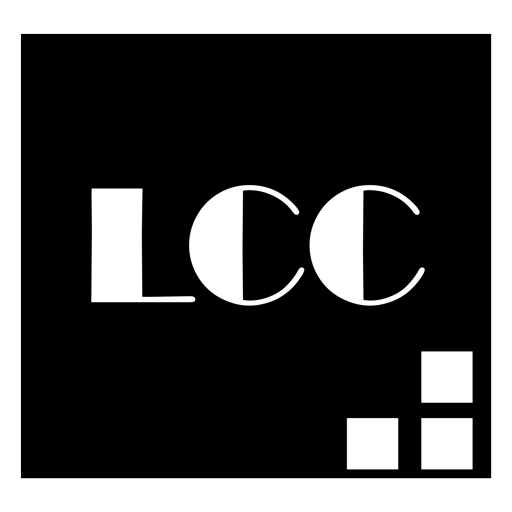Introduction: Interior design is considered an art that blends beauty and functionality, where interior designers strive to create an environment that combines comfort and elegance. This art is an essential part of the daily life experience for individuals, significantly influencing their mood and perception of the spaces they inhabit.
Purpose of Interior Design:
- Improving Functionality: Interior design aims to enhance the use of space and provide an environment that promotes comfort and efficiency in daily activities.
- Expressing Personality: Interior design can reflect the personality of the residents in a home or convey the brand identity in commercial spaces.
- Eliciting Emotions and Mood: Colors and the coordination of elements can greatly influence mood and energy in a place.
- Sustainability: Interior design also requires consideration of sustainability factors, choosing materials and technologies that reduce environmental impact. Elements of Interior Design:
- Furniture: Furniture plays a crucial role in interior design, impacting space organisation and reflecting individual character.
- Colors and Lighting: Colors play a vital role in setting the mood and defining the character of a place. Lighting also contributes to highlighting aesthetic aspects and improving visibility.
- Artistic Coordination: Involves coordinating various elements in the space, including arts and decorations, to achieve an aesthetic impact.
- Home Technology: Encompasses smart integration and remote control systems to provide additional convenience and enhance the daily living experience. Evolutions in the World of Interior Design:
- Use of Technology: With technological advancements, interior design can benefit from smart solutions to improve comfort and security.
- Sustainability: Increasing focus on sustainability in interior design, emphasising the use of eco-friendly materials and improving energy efficiency.
- Diversity and Innovation: The world of interior design witnesses significant diversity in styles and ideas, allowing for creative expression and innovation.
Conclusion: Interior design is a dynamic art that constantly evolves with changes in culture and technology. It contributes to improving the quality of life and creating beautiful and functional spaces. By balancing beauty and functionality, interior design can create an environment that meets the needs of residents and enhances their well-being.

